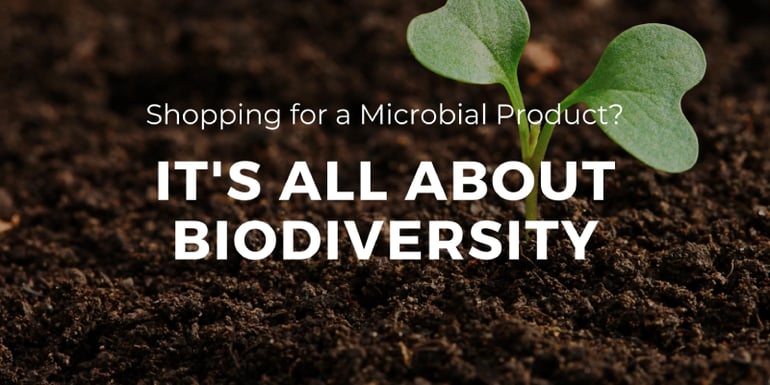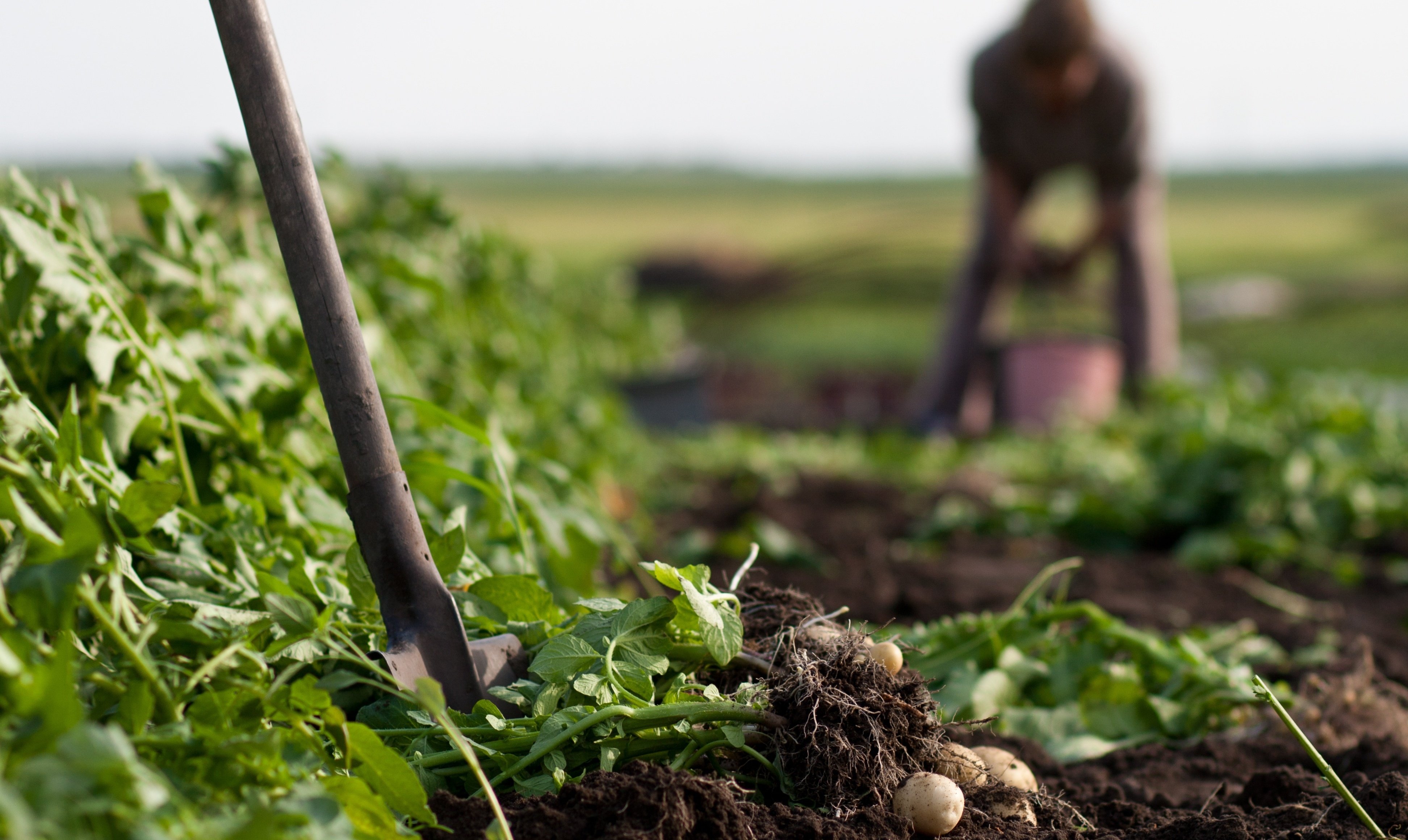
Farmers are under pressure to grow food on the same or less land, all while reducing their environmental footprint. That pressure has inspired thousands of innovative new products and companies. It has also inspired thousands of American farmers to look for new ways to grow crops.
Microbials, like Holganix's Bio 800+ technology, is one of those sectors that has been given a lot of attention as a potential solution for farmers. The ability to reduce fertilizer consumption, improve yield, protect crop health, and build soil health are all major wins for the farmer and the consumer. The Biden administration concurs. On September 12th, President Biden signed a new Executive Order to launch a National Biotechnology and Biomanufacturing Initiative. According to a senior administrator at the press release, part of that biotechnology initiative is, “we’re also looking to improve food security and drive agricultural innovation, including through new technologies that protect crops from disease, enhance seed and fertilizers...”. Microbials are one tool, within the umbrella of biotechnology innovations the Biden administration refers to.
In 2020, “the global agricultural microbials market was estimated to be valued at USD 6.0 billion. It is projected to reach a value of USD 11.6 Billion by 2025, growing at a CAGR of 14.1% during the forecasted period.” With new and more microbials entering the agricultural market, farmers are faced with another rising problem... Which microbial should they choose?
Microbial Diversity is critical
“Go for diversity,” states Holganix President of Agriculture, Dave Stark Ph.D. “If you are going to use a microbial for soil health, fertilizer efficiency and to drive yield in year one, use something diverse. You need something that doesn’t just have bacteria, but also protozoa, amoeba, and fungi. Your soil is designed to have these different types of microbes, and like an engine, each part has a job to do to make the engine run.
For example, bacteria are good at immobilizing nitrogen in the root zone, but they tie it up. The nitrogen is released back to the crop as fungi and protists consume the bacteria. So all microbe types are required to get your soil to work at maximum efficiency, which for soil means retaining and cycling nutrients, holding water, repelling pathogens, and building good soil structure. And if you use a biologically diverse product, you will find it’s a valuable tool that will allow you to be more profitable, while building the value of your land. Diversity of microbes is key.”
At the end of the day, when it comes to microbial products, the microbe count is important, yet diversity is even more critical. By having a product filled with a diversity of life, the soil and plant are prepared for whatever hurdle it needs to face. Whereas a single microbial strain may assist with one single, targeted problem, a microbial product with a huge diversity of species is better equipped to handle problems in a changing environment.
“Consider the environment you are asked to grow crops in,” explains Dave. “Are the soils the same from property to property? Do climate conditions change day-to-day or hour-by-hour? Are the pathogens and stressors that are attacking your crops changing?” A diverse microbial product can parachute in an army of specialists, each of which is capable of filling gaps to balance the biological requirements of the soil.
Said another way, “Just because you put down a bacteria in the soil, doesn’t mean that it has a community that can support it,” says J. Fitzpatrick in Building Microbial Communities. “It’s like taking anybody with one talent and putting them in a community. There may not be the need for their talent, and there may not be the resources that they need in order to function.”
Want to learn more about why diversity is critical when selecting a microbial product for your farm? Watch the 10-minute video below featuring a conversation with Dave Stark. If you are reading this blog via email, click here to watch the video.
Want to dig in deeper on the role of soil microbes? Watch the below 45-minute class featuring Dave Stark with Acres USA. If you are reading this blog via email, click here to watch the video.
What's in a jug of Holganix Bio 800+?
Unlike other plant probiotics, Holganix Bio 800+ products contain an entire microbiome or community of organisms that is both abundant and diverse. In a single jug of Holganix Bio 800+ there are more than 800 species of active microbes, microbe food, and nutrient enhancers.
Some of the soil microbes contained in Holganix Bio 800+ include phosphorus, potassium, and micronutrient solubilizers, nitrogen-fixing bacteria, plant growth-promoting rhizobacteria, plant residue degraders (especially fungi, Mycorrhizae, Trichoderma and Penicillium fungi), beneficial nematodes, and protozoa to cycle nutrients back to crop roots.
Working together, the microbes in Holganix Bio 800+ unlock nutrients already present in the soil and optimize the uptake of nutrients you apply, maximizing nutrient efficiency and minimizing loss.
The microbe food helps obtain the rapid establishment of beneficial microbes, while nutrient enhancers work with the microbes to promote strong root growth and healthier plants.
Download our Holganix Ingredient List to learn about some of our key components.

Don't Stop Reading! Check out Our Data
The health and vitality of your crops and soil are of the utmost importance to us. That’s why we put Holganix Bio 800+ to the test. Over the years, we have compiled data on several different crops, in different geographic zones, to deepen our understanding of how Holganix Bio 800+ Agriculture can help farmers maximize yields, reduce fertilizer and build soil health.
Click on the button below to learn more about our data.


 |
July 20, 2023
|
1:30 PM
|
July 20, 2023
|
1:30 PM







-2.jpg)
-1.jpg)
-2.jpg)
.jpg)

.jpg)
.webp)
-1%20(1).webp)
-831535-2.webp)




.jpg)
.jpg)